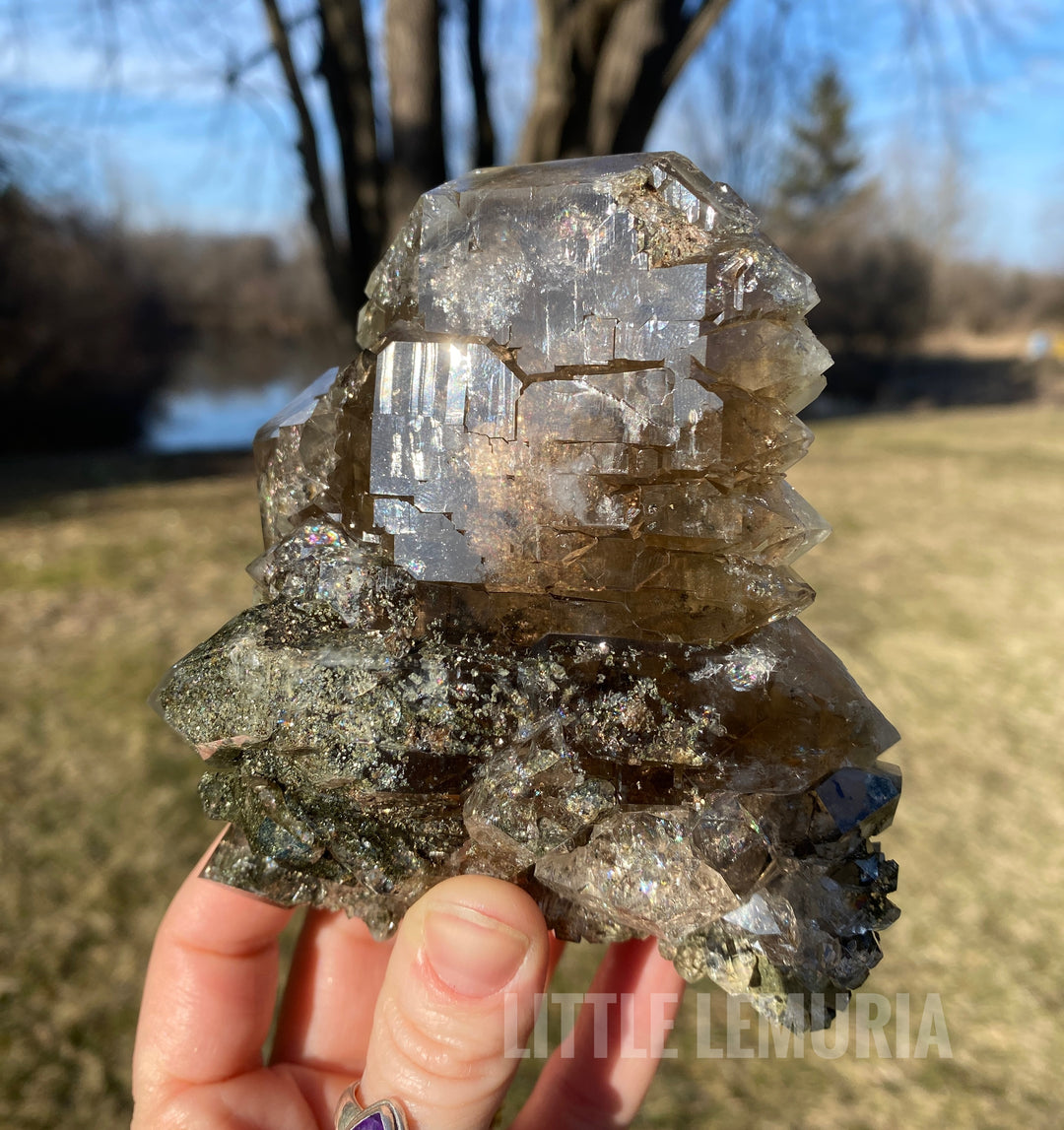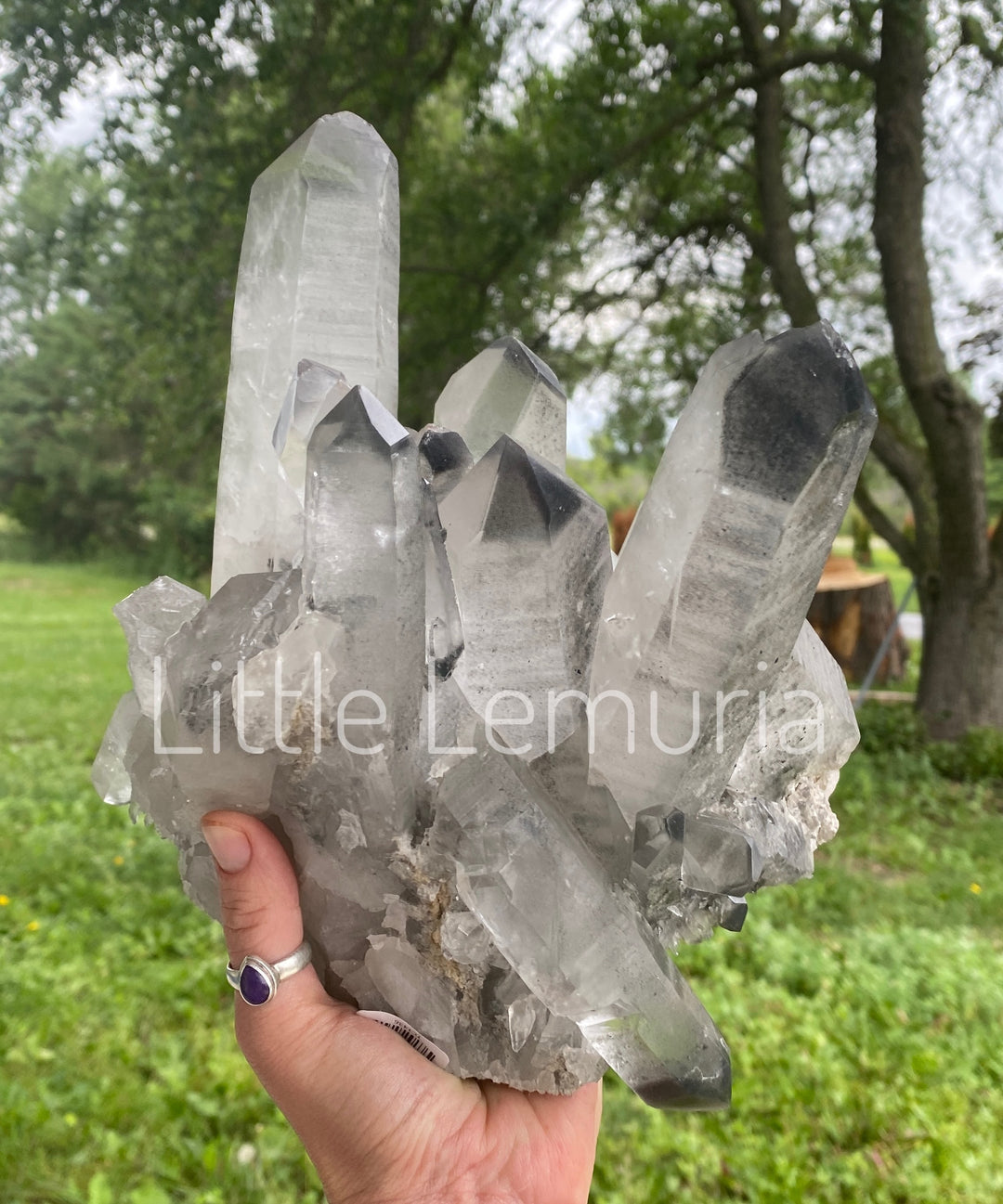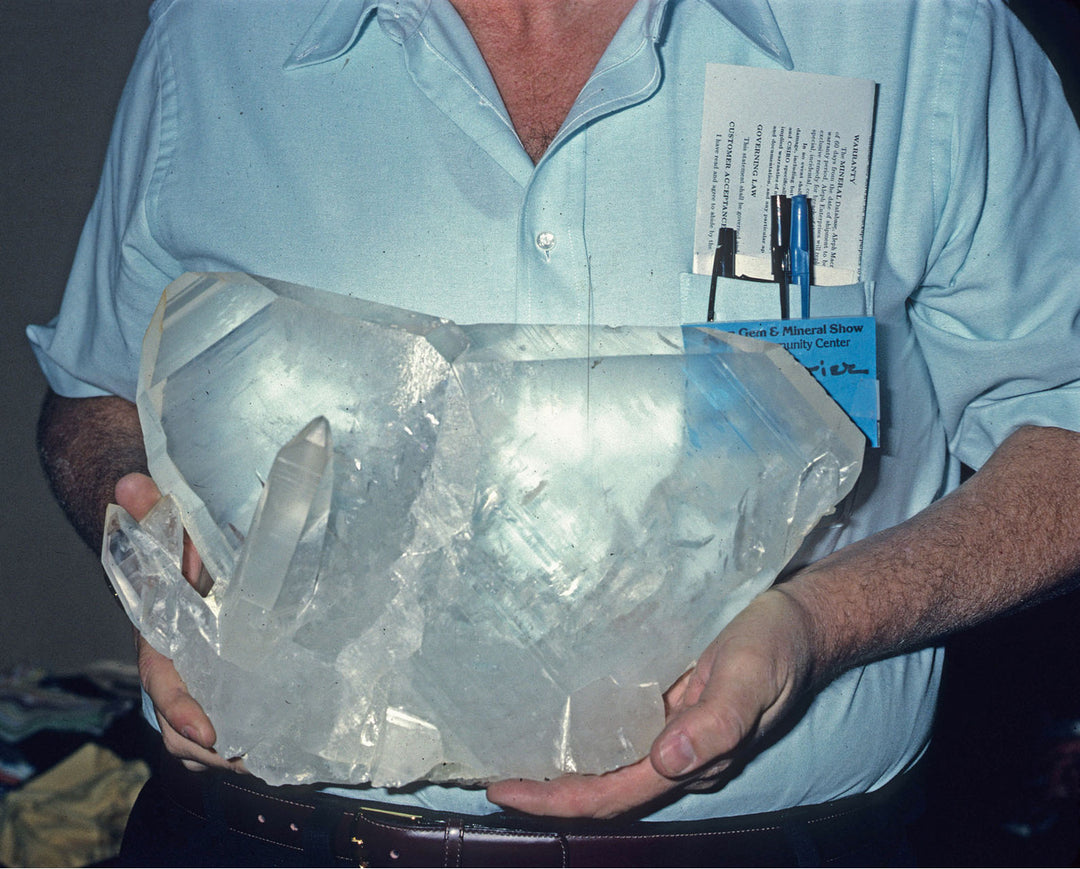Code Blue!

*5/14/21 Update to include "blue onyx" at the end of the post!
Is there anything worse, as a consumer, than the feeling of being duped? Unfortunately, we must stay on alert all the time for scams and phony product claims when shopping online. Buying crystals and minerals isn’t like buying the latest “as seen on TV” product. The crystals we buy are not only an investment of money but also a leap of faith into learning about the unknown scientifically and spiritually. I regularly ask more experienced rock hounds to help me ID minerals I am uncertain of. I try and verify my findings with multiple sources when possible. I doubt there is a practicing crystal healer out there who doesn’t know what crystals they are working with. It is an important aspect to this complex passion we all have immersed ourselves in. While I can’t ID every rock, or debunk every scam, I hope that leaving bits and pieces of what I have learned will help hobby collectors stay out of dodge of the crooked mineral market that does exist on the web.

Is it Blue Calcite or Celestite? This is a question that echoes and repeats itself quite often in my inbox. Hopeful crystal lovers send off a photo of what they have purchased as Celestite and I get the dirty job of breaking the news that it is undoubtedly Blue Calcite. I hope this post can save my readers from feeling the blues. Let’s dive into the facts behind Blue Calcite, Celestite, and Angelite.
Despite their many visual similarities, Calcite and Celestine, which is the accepted geologic name for Celestite, are different down to their atoms. Calcite is a Calcium Carbonate mineral while Celestine is a sulfate of strontium. They both fall around a 3 on the Mohs harness scale in their crystalline form. Polished forms of calcite such as orange or blue calcite are going to have several other minerals naturally mixed in with the dominate calcite to create a much stronger structure. The brittle nature of polished or crystal Celestine is best compared to that of polished optical calcite, or a specimen of calcite such as the stunning crystals from the Elmwood Mine.

One test that will get you unmistakable results is the Muriatic Acid test. It isn’t the most practical, so don’t worry! I will provide less invasive methods coming up. Place one drop of diluted muriatic acid on Calcite and the result is rapid onset bubbling of the carbonate. The same test performed on Celestine will produce no change. Don’t have muriatic acid on hand? Luckily there is an easier way!
Celestine has a density of 3.98 g/cm3 (grams per cubic centimeter) while calcite has a density of only 2.7 g/cm3. This weight difference is very easy to decipher just by feel. If both are not available, pick up any old piece of gravel of similar size and note whether the stone believed to be celestine is notably heavier. On average Celestine weight 1.5 times more than another stone of the same mass.

Buyer beware. Celestine is a crystalline structure. It does not form in large masses. While crystals can be big and beautiful, it would be highly unlikely due to its brittle nature that anyone would manufacture a polished Celestine, such as a palmstone or freeform, over 2 inches in size. The polished material sells for around .30 or more per gram (retail) which would put a palmstone sized piece right around $60-70. Not to mention the rarity of a piece like that, I would expect a price tag of closer to $100+.

So, to wrap up the Celestine/Calcite debate. One is in the calcite group, one is a member of the Baryte group. One is trigonal in structure and the other is Orthorhombic. It is a shame that greed and/or ignorance has caused the Chinese manufacturers to sell mislabeled polished specimens to unsuspecting retailers who then pass them on to eager customers. The only way to stop it is to throw knowledge at it.

Now briefly I want to mention Angelite, which is an Anhydrite. It has been published in 2 different books, The Crystal Bible Volume 1 by Judy Hall and Angel Practitioner Handbook: A Foundation Guide by Maria G. Maas, that Angelite is formed from Celestite that was compressed over millions of years. It turns out that millions of years of compression can’t change the atoms of strontium (Celestite) into atoms of Calcium (Angelite). I suspect this confusion began from the similar color, and both stones being relatively unstable but in different ways. Angelite can be thought of as a dehydrated form of Gypsum selenite. When it is exposed to water it will begin to change back into gypsum…very slowly. To add to the confusion, there is a member of the Celestine (Baryte) family called Anglesite which is a lead sulfate crystal. Luckily this one is not likely to be seen on the shelves of any metaphysical shops.
Please do the crystal and mineral community a favor and share this information far and wide. The facts are sadly buried under hundreds of pictures mislabeled and tagged as celestite that are blue calcite. A google search for polished Celestite provides almost exclusively pictures of calcite. Not surprisingly, the two stones never get mixed up in reverse. Calcite is a common and cheap stone in comparison and once a collector has encountered a piece of polished celestite they will find themselves wondering how they ever mixed the two up in the first place.
5/14/21 Update
There's at least a few more blue minerals that deserve some extra attention and explanation. Fortunately I'm chipping away at them one by one in hopes to dispel some common misconceptions. Blue Onyx, for example, is not onyx at all. True onyx only refers to black and white banded agate (quartz). In recent years, the term onyx has been used to describe a variety of banded stones from around the world. What has made this quite confusing is banded CALCITE is now being called onyx at trade shows and has been for quite a few years. :::facepalm::: Why people do this may remain the biggest mystery of them all.

For all my doubting Thomas friends out their reading this blog, you're in luck! We sent the "blue onyx" for testing so we could confidently dispel any last doubts that this material is in fact NOT blue quartz.
Chemical composition of the different areas
Element, in wt. %: Calcium 36.76 Iron 0.38 Manganese 0.41 Magnesium 0.41 Titanium 0.07 Zinc 0.05 Strontium 0.07 Tungsten 0.03
Summary of findings from mineralogic museum laboratory: The material is calcite with minor substation by magnesium, manganese, and iron. Interesting to note that in ionic quantities, the three elements magnesium, manganese and iron are present in similar abundance. The carbonate responds readily to dilute hydrochloric acid by effervescence. The blue color is typical form skarn or calc silicate environments, it is likely a structural defect that causes the color.
There you have it! Blue onyx is actually calcite and it is not colored by any inclusions but rather by a structural defect.






